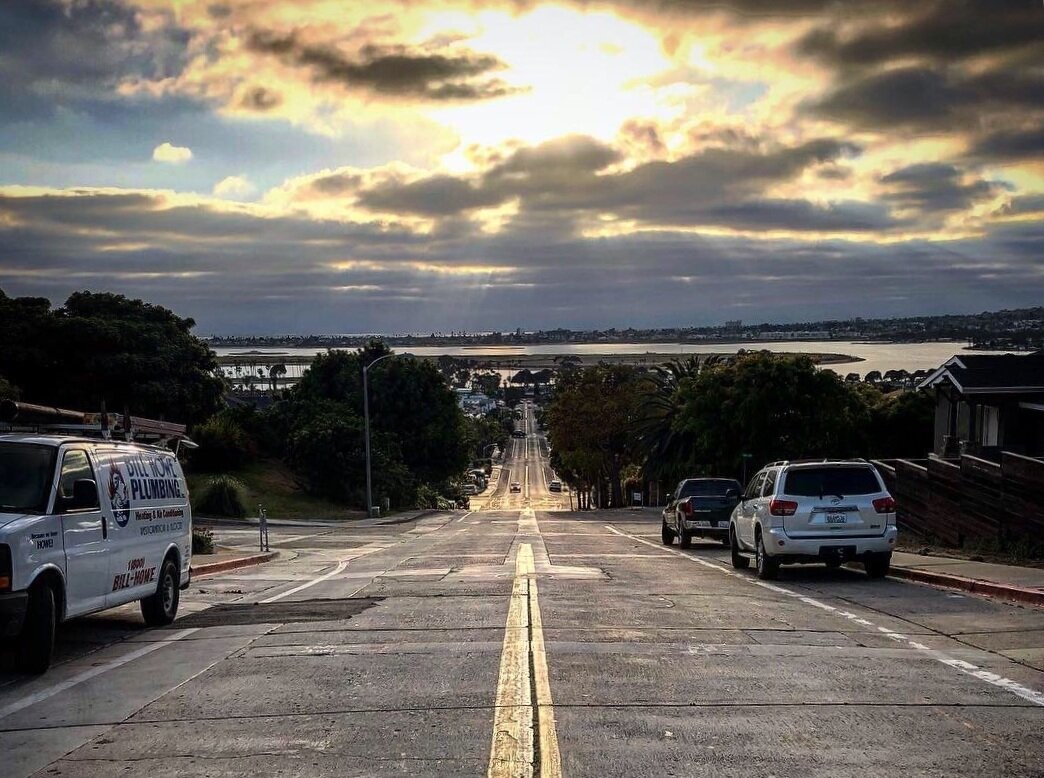
WRITING AFTER SUNSETS
For years, I maintained a separate blog called writing after sunsets as a place for my thoughts on writing, reflections on teaching, and an outlet for writing that matters to me in ways that make me want to control how it is published. It has also been, from time to time, a platform for the work of others I know who have something to say.
Now, with this site as my central base of online operations, I’m folding that blog into the rest of my efforts. All previous content is here for easier access, but the heart of writing after sunsets remains in both my earlier posts and those to come.
Injuries, Meaning, and Grafted Essays
All of these bear on the way I see the world and move through it on a daily basis. The remnants of my pains—small and large, physical and psychic—are often the glass between me and my experiences, generally transparent but definitely impacting how I see what I think I’m looking at. And sometimes, the most surprising thoughts come when I take the time to look at the window rather than the view.
If trying to understand our lives is this cloud, the hole where the light shines through is so often opened up by the injuries we experience along the way.
This the fourth installment of a series reflecting on a sabbatical that ended one year ago. It will run each Wednesday through the summer.
As a writer, I find myself pulled between writing multi-voiced fictional stories and multi-concept literary essays. Another way to put it: I don’t make it easy on myself and writing is already difficult enough.
But I am drawn to the narratives found in the spaces between people’s varied accounts of the same events or ideas. I also love when I find connection where there should be disjunction. Maybe it feels like meaning when there shouldn’t be any. Maybe that’s just faith found in another form.
Anyway, one of my creative projects over the sabbatical was planning a series of pieces I’m calling grafted essays that bring together injuries I’ve had over the years and a seemingly disconnected topic or concept. This form has been working its way to the surface of my aesthetic for a while now, as can be seen in this essay I wrote about a terrifying medical moment in my dad’s life and the way it intersected with a realization about my own role as a father.
The challenge of each of these pieces is connecting the reader with the ways in which my view of life is so often bound up in how I’ve been hurt…something I think is fundamentally true for all of us.
This work has been, surprisingly, enjoyable despite that fact that I am dredging up some physically painful experiences and casting a very wide net in looking for complimentary ideas that feel estranged from my personal stories while remaining connected in relevant ways in my head.
That last part is as confusing while I’m working as it was when you read it.
But the process has opened up some perspectives into how much I’m still carrying the injuries I thought I had walked off and how centrally my systems for making sense of the world run through the less-than-conscious remnants of those pains. This was the through line of an essay I wrote about the relative difference in thinking about my own childhood injuries and those of my children, which found a home at Punctuate Magazine.
So, I’ve been spending time in the middle of my most painful moments. The night I tore my ACL and the afternoon it was my hamstring. My bouts of depression and my more than 30 years of regular periods of severe insomnia. Losing my singing voice permanently at 19—which subsequently found print life in The Jabberwock Review—and greeting my 40s with a heart scare.
All of these bear on the way I see the world and move through it on a daily basis. The remnants of my pains—small and large, physical and psychic—are often the glass between me and my experiences, generally transparent but definitely impacting how I see what I think I’m looking at. And sometimes, the most surprising thoughts come when I take the time to look at the window rather than the view.
Sometimes you have to see the dirt before you know what needs to be cleaned, and there’s nothing like writing to highlight where to starting scrubbing.


